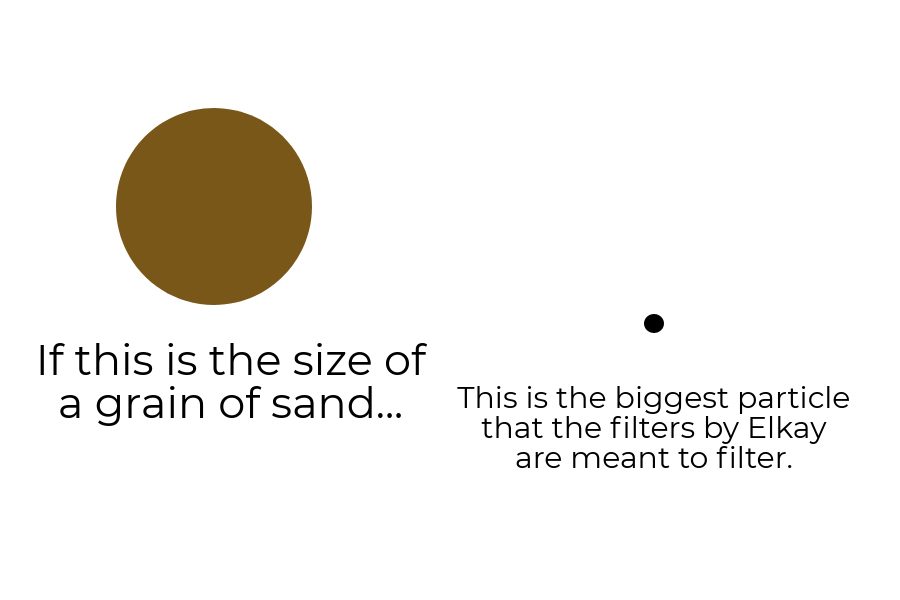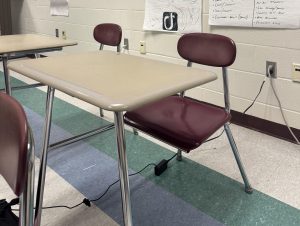No filter
February 8, 2018
There are a lot of these fancy new water fountains popping up all over the place at HB. These look like really convenient looking little machines, but what’s up with that red light blinking on them seemingly all the time? Look closer, and alarmingly, it seems to be something quite concerning. Filter status? Shouldn’t that be green, maybe yellow?
These water bottle filling stations were installed in the Hollis Brookline High School as a senior class gift from the Class of 2017. When asked whether filtration had been brought up during planning, Caitlin Ross ‘17, part of that class’s student council, answered that “[They] couldn’t predict how much use they would get so they couldn’t plan for future filters,” which is reasonable, given the fact that not many people trust the water at school. Without the filters, it doesn’t seem likely for that to change, even if the water now comes out of a slightly different spout.
Jack Aldana-Proulx ‘18, part of the student council of this year’s senior class, says that he intends to push for filtration of the water fountains. However, he says it is up to the school’s policies and policymakers to make that happen.
A small amount of research into the company that manufactures these “bottle filling stations”, Elkay, reveals that they also provide filters to install into these same stations. It seems like an obvious choice to snap up enough of those to last a calendar year and see what happens, doesn’t it?
However, a small amount of reading helps to reveal why that may not be the most wonderful idea. First off, the filters say that they must not freeze. Given recent issues in the building involving frozen water lines, that’s an instant negative to the filters. Second, the filters say that they’re “designed to reduce chlorine, taste and odor and particulate class I.” Chlorine seems like a good thing to reduce, as do taste and odor, but what’s “Particulate Class I”? After checking the NSF International’s website for guidance, it’s revealed that Particulate Class I covers particles 0.5 to < 1 micron in size. That does seem a bit… small to filter a well water system. Granted, it depends on if the school does any filtering of the water elsewhere. If it doesn’t, then the filters would probably get clogged very quickly.
In the end, the filtration of this water is a multifaceted problem, and maybe a few extra iron or clay particles here and there (or springing for bottled water) is worth it to skip the headache of all that research, planning and budget allocation to fix the filters.














